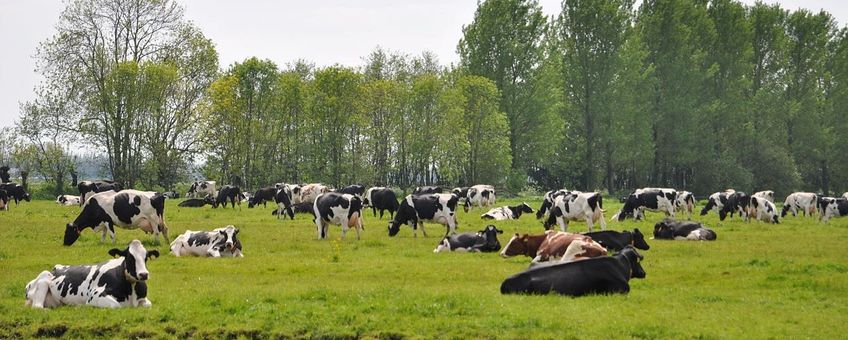
A tailor-made approach is necessary to preserve biodiversity
Wageningen Environmental ResearchThe impacts of anthropogenic activities and economic development have resulted in worldwide modification, destruction and fragmentation of our natural environment. As a consequence, biodiversity is disappearing. This is particularly relevant for agricultural landscapes, where biodiversity is under severe pressure from intensive land use practices. In Europe, habitats linked to agro-ecosystems have the worst conservation status of all. But especially in agricultural areas biodiversity is needed for pollination, pest control and other ecosystem services.
The European Union recognized this. In its Common Agricultural Policy after a long discussion they decided that 5% of EU farmland should be managed as ecological focus area (EFA) in order to save biodiversity. For the next renewal an increase to 7% EFA’s is foreseen. In relation to this possible increase insight is required to the question how much natural area is required to provide a sustainable future for wild plant and animal species on farmland. "To answer this question," Anouk Cormont says, "we empirically assessed for the first time the implications of the Common Agricultural Policy by evaluating the effects of the density of natural elements in agricultural landscapes on multi-taxon species richness, including vascular plants, breeding birds, butterflies, hoverflies, dragonflies and grasshoppers for an entire European country."
In their research (recently published in the Journal for Nature Conservation) Cormont and colleagues used unique datasets. "We had a very precise map of the Netherlands with all nature elements and high-resolution distribution data of ecologically different organism groups." The researchers found that species richness increased either as linear or as a logarithmic function of the proportion of natural elements in the landscape, but not with a sigmoid function as predicted by the ‘intermediate landscape complexity’ hypothesis. Even landscapes with 3 to 7% of natural elements harboured generally 37 to 75% of the maximum species richness, indicating good potential of implementing the CAP target to preserve farmland biodiversity. However, differences between the 3% and 7% limits were considerable for butterflies, birds, and hoverflies. Also, the shape of the species richness response was shown to differ between landscape types.
Anouk Cormont: "As an overall result of our research, we conclude that there is no size that fits all. We found differences among groups, as well as among regions, meaning that locally more than 7% of the arable land should be designated, while in other regions a smaller percentage might be sufficient. So, customization is the message, taking the most critical group as minimum. For sure it is necessary to develop tailor-made guidelines at regional levels."
Text: Alterra Wageningen UR
Picture: Onderwijsgek, CC-by-SA 3.0 license (leadpicture: farmland near Oudewater, The Netherlands)
